Order: Charadriiformes. Family: Haematopodidae
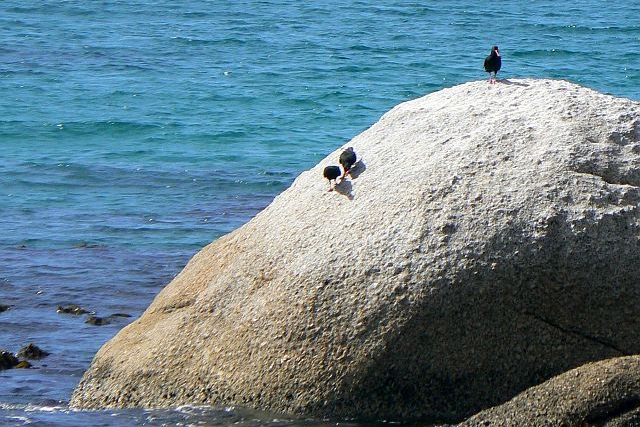
Simon's Town
Description
It is a large black shorebird. Length: 42–45 cm. Male weight: 482–757 g. Female weight: 646–800 g. The African Black Oystercatcher has glossy black plumage, which contrasts with its red eye, and bright orangey-red eye-ring and dagger-like long orange-red bill. The sturdy legs are a deep pinkish-red. Some adults have small white patches on the underparts.
There is sexual dimorphism, females being larger and heavier with longer bills.
Immature oystercatchers have duller, browner plumage, appearing faintly buff-scaled, with a duller orange bill tipped with brown the legs are grey or greyish pink.
Distribution: Stricktly coastal. The African Black Oystercatcher breeds along the southern African coast from northern Namibia to the Eastern Cape Province, South Africa.
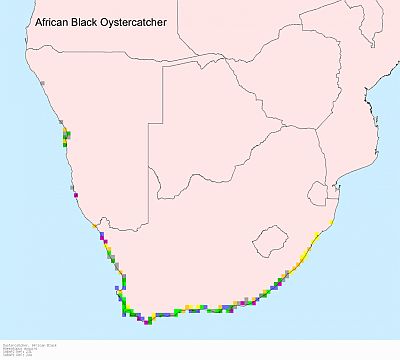
Habitat
The African Black Oystercatcher inhabits rocky and sandy shores, and sometimes estuaries and coastal lagoons. It prefers to breed on offshore islands and sandy beaches.
Movements and migrations
Adults are largely sedentary and territorial, generally breeding on sandy beaches and islands, often heading to more rocky areas of the coastline in the non-breeding season. Juveniles on the south-eastern coast disperse widely after becoming fully independent, usually travelling at least 150 km's away from their parents' breeding territory. Juveniles originating from the western and southern coast of South Africa often head to five 'nursery' areas on the Namibian and Angolan coast, where they stay for about 2-3 years before returning to the area they grow up in.
Diet
African Black Oystercatchers forage in the intertidal zone of their coastal habitat. In rocky areas the primary prey for the African black oystercatcher are mussels and limpets, but this coastal bird also feeds on whelks and other bivalves and crustaceans. Feeding on such prey can pose difficulties as the tasty flesh is hidden within a hard shell. However, with its strong bill the African black oystercatcher can cut the muscle that holds the two halves of the shell together and stab the prey inside, or hammer the shell open on rocks.
Breeding
The Oystercatcher is apparently monogamous and the pairs mate for life; some pairs have been known to live together for up to 20 years. Pairs defend their territory by performing the piping display, in which they point their bills downwards, hunch their shoulders and call loudly.These birds start breeding at three to four years of age. They breed once a year at the onset of summer. The female can lay eggs from October to April, but laying occurs primarily from December to February. In a scrape in the sand, among shells or sometimes on bare rocks, a clutch of one to three (usually two) greenish stony-coloured eggs is laid, which are incubated by both adults. The eggs hatch after 27-39 days of incubation The chicks leave the nest after about 24 hours and are cared for by both parents, who regularly feed them in or near the intertidal zone. They fledge at about 35-40 days old, becoming fully independent about 2-6 months later.
Call
Its call is a distinctive loud piping klee-kleep and a fast peeka-peeka-peeka alarm call. Display calls more complex, including rapid trilling.
http://www.xeno-canto.org/species/Haematopus-moquini
Status
Near-endemic and a resident breeder. Classified as Near Threatened (NT) on the IUCN Red List. Threatened, due to its small population size, low reproductive rate and susceptibility to human disturbance, particularly as the breeding season coincides with the height of the summer tourist season. Eggs and chicks are crushed by people or off-road vehicles, or eaten by domestic dogs. The African black oystercatcher is southern Africa's second rarest coastal breeding bird. The total population is less than 5 000 birds.



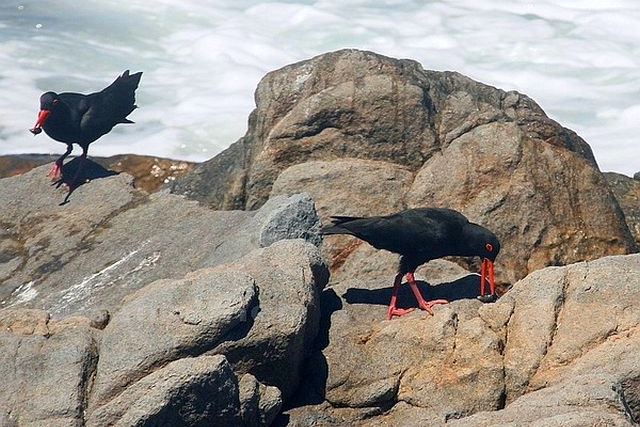 © nan
© nan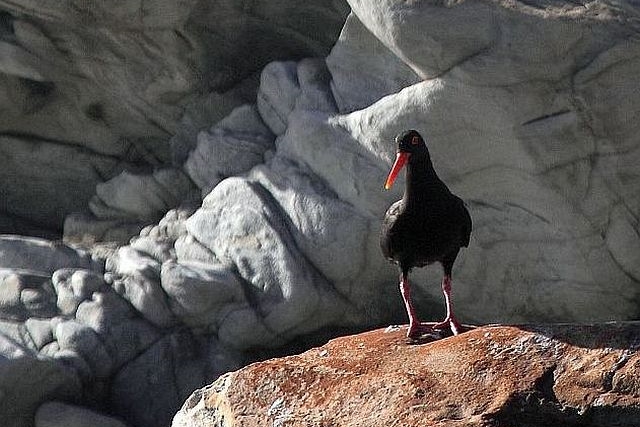 © Sharifa
© Sharifa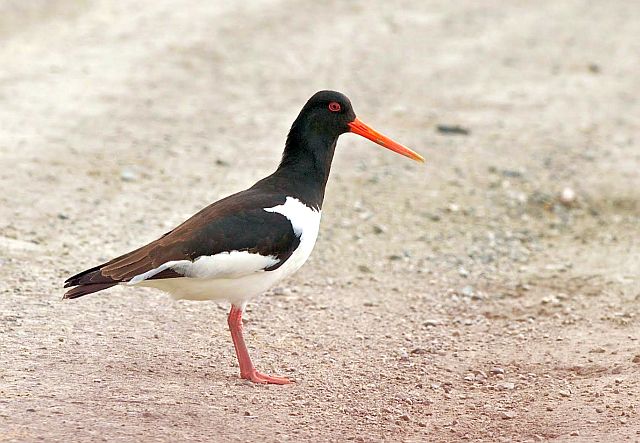
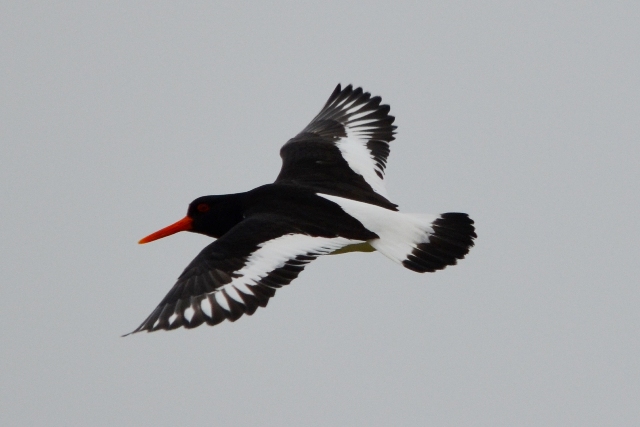 © Mel
© Mel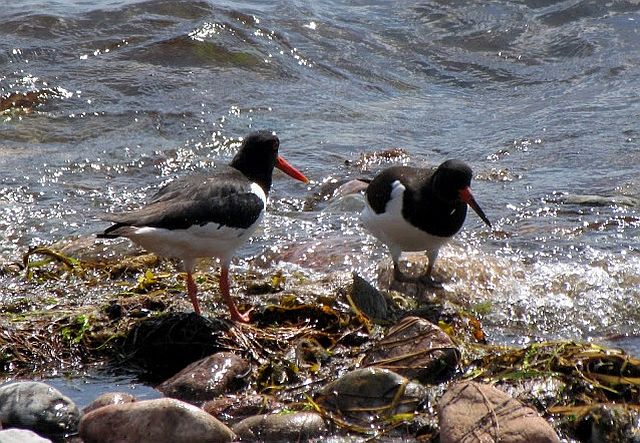 © Lisbeth
© Lisbeth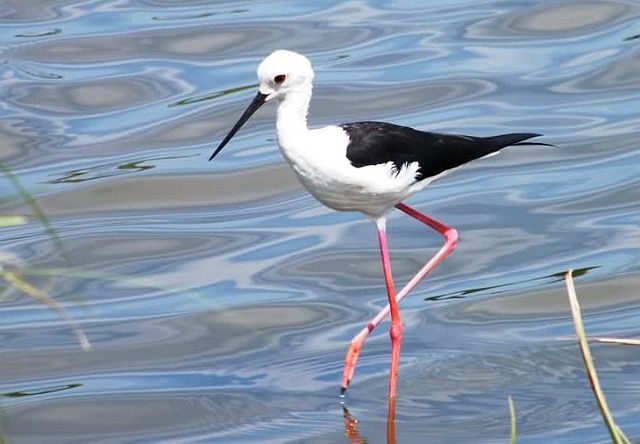 © Richprins
© Richprins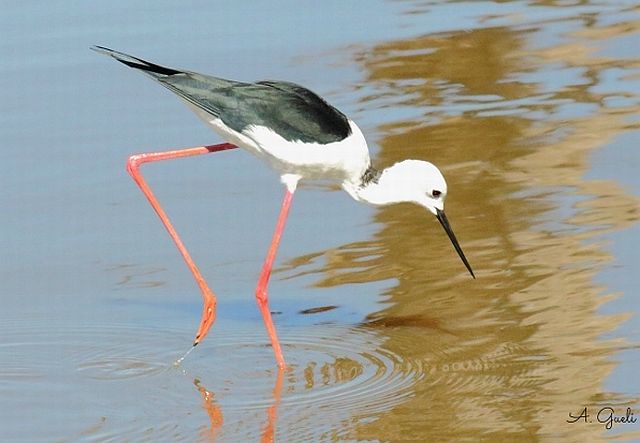 © Bush Brat
© Bush Brat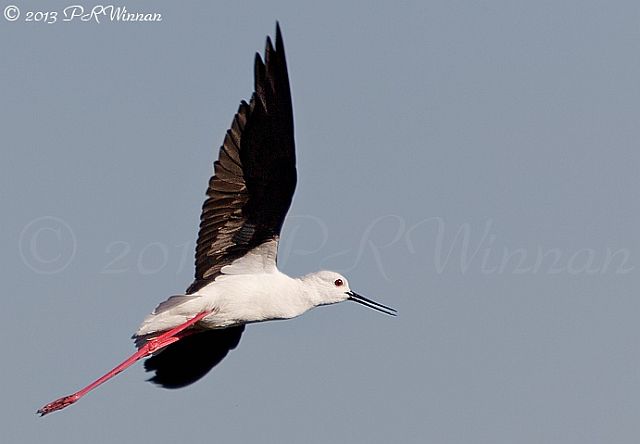 © PRWIN
© PRWIN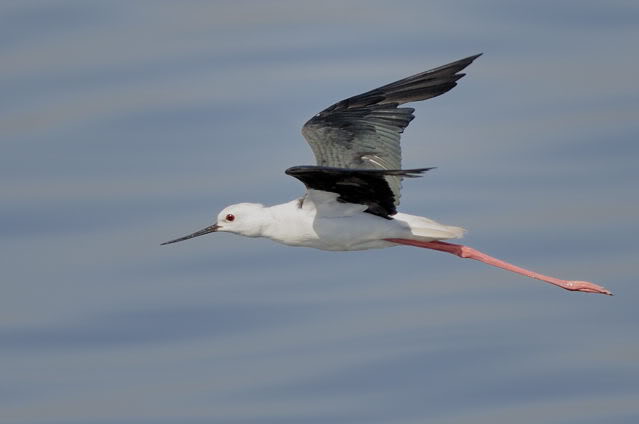 © Dewi
© Dewi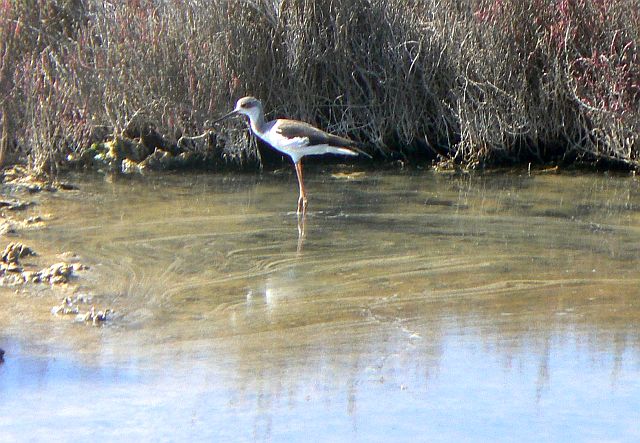 © Toko
© Toko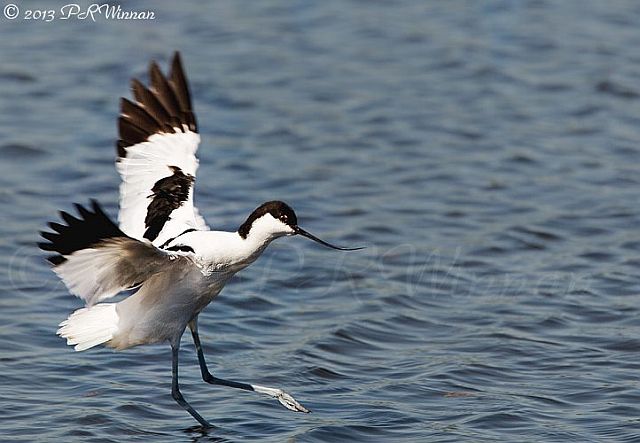 © PRWIN
© PRWIN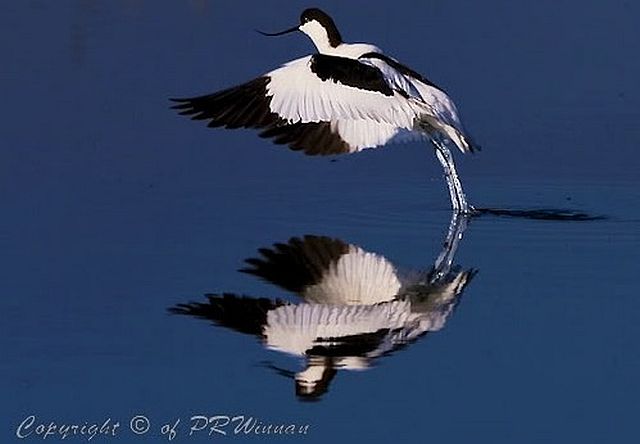 © PRWIN
© PRWIN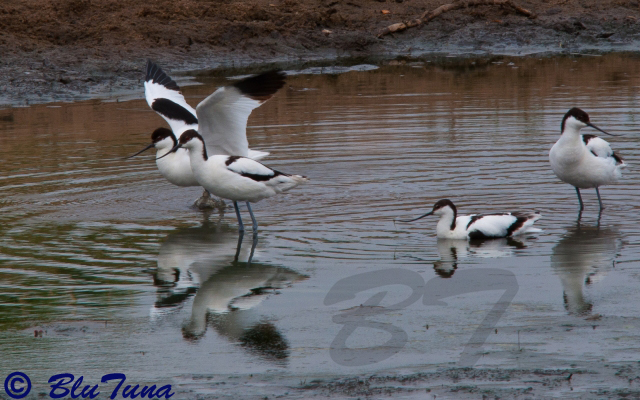 © BluTuna
© BluTuna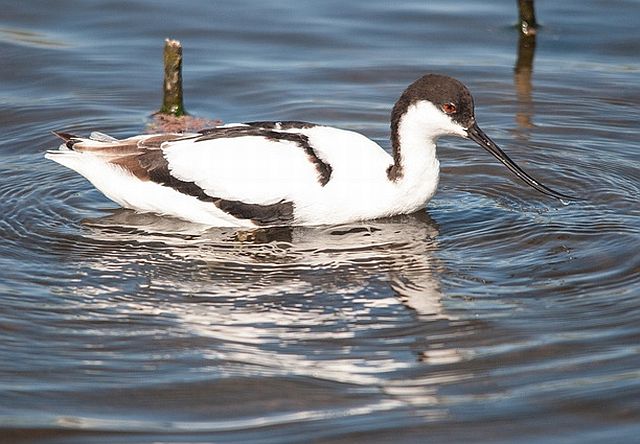 © steamtrainfan
© steamtrainfan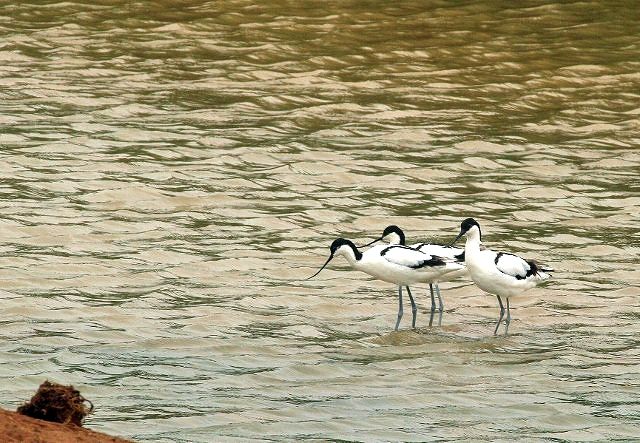 © nan
© nan